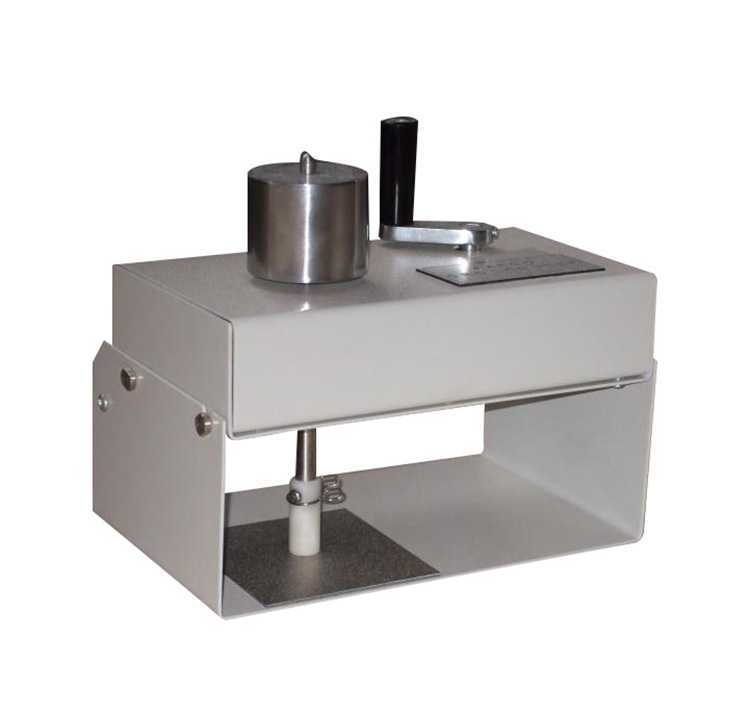Textile Color Fastness Tester to Light Improving Methods Analysis

The color fastness of textiles refers to the degree of fading and dyeing of textiles during processing and use. The light fading principle of textile dyes is very complicated: the structure of the dye is destroyed mainly because the dye absorbs photons, is stimulated and undergoes a series of photochemical reactions, which leads to color fading. The light fastness of textiles mainly depends on the chemical structure of the dye, as well as its aggregation state, combination state and mixed color matching. Today, we discuss the test methods for light fastness and 3 methods for improving textiles.
Through research and practice, it is found that choosing dyes with good light resistance is the key to improving the light resistance of textiles. The light fastness of textiles mainly depends on the chemical structure, aggregate state, combined state and dye mixture. Now we analyze how to improve the color fastness of dyes to light.
Select dyes according to fiber characteristics and textile applications
For cellulose fiber textiles, dyes with better oxidation resistance should be selected.
For protein fibers, dyes with good anti-reduction properties or weak oxidizing additives should be selected.
For other fibers, please choose dyes according to the fading effect.
Choose dyes according to color depth:
The color fastness of reactive dyes on cellulose fibers is directly proportional to the depth of the dyed color, that is, the darker the color, the better the light fastness.
For example, when dyeing light-colored varieties, dyes with stable light resistance should be selected. In addition, adding many finishing agents, such as softeners and anti-wrinkle finishing agents, will also reduce the light resistance of the product. These fabrics should choose dyes that are not sensitive to finishing agents.
Choose dyes with good light stability and color combination compatibility:
The fading characteristics of different dyes are different, and even the principle of light fading is different. Sometimes, the presence of one dye can cause the fading of another dye.
When the color is a combination color, we should choose dyes that are not sensitive to each other or even improve light stability. This is particularly important when dyeing black varieties such as black. If one of these three primary colors disappears too quickly, it will quickly change the color of the dyed fiber or fabric, and the faded dye residue will also affect the light stability of the other two dyes. Reasonably control the dyeing process to fully combine the dye and fiber, and try to avoid hydrolyzed dyes and unfixed dyes remaining on the fiber. This is an important method to obtain stable light fastness.
Because the actual lighting and climate are very complicated, it is difficult to simulate the color fastness test. In order to make the results close to reality, the operator must master the test process proficiently and use a stable weather meter (lightfastness tester).
2021-10-13 10:51

